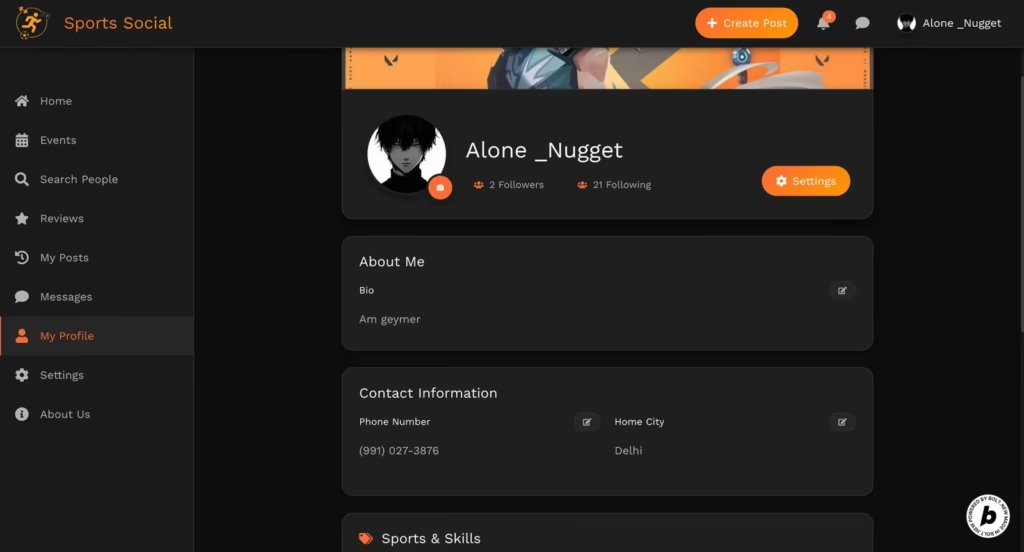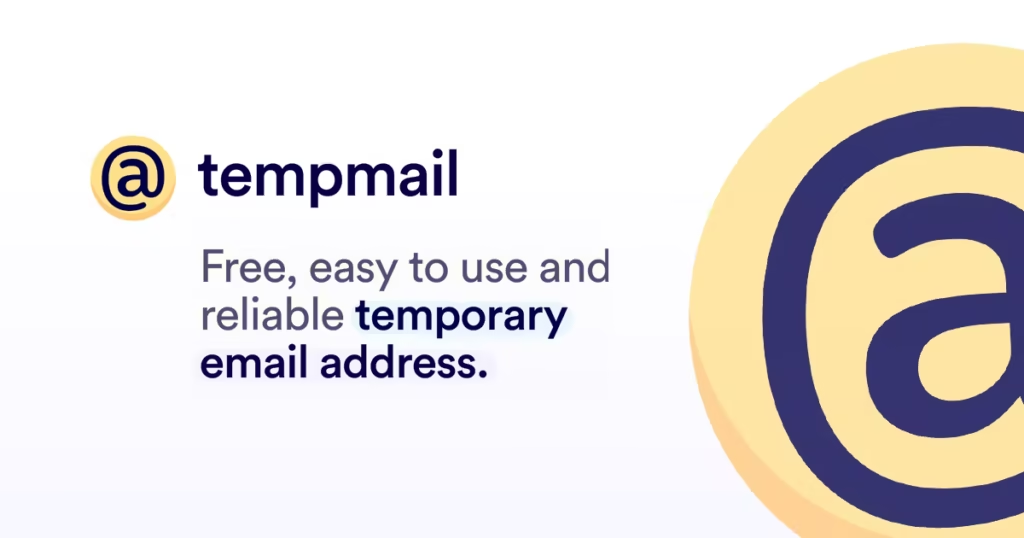Executive Summary
Troov is a specialized lost-and-found management platform designed for organizations like airports, governments, and event venues. Unlike social apps, it focuses on reuniting people with lost items using a precise matching algorithm. With a user-friendly interface, it streamlines inventory tracking and recovery processes. While it excels in operational efficiency, it does not facilitate social connections or shared activities. For more details, check Troov’s GetApp profile.
Key Features Analysis
Lost-and-Found Consolidation
Troov centralizes lost item reports, making it easier for organizations to manage inventory and match owners with belongings.
Smart Matching Algorithm
The platform uses detailed input (e.g., item descriptions, locations) to quickly connect lost and found reports—no interest-based or personal matching.
Multi-Platform Accessibility
Available on iOS, Android, and mobile browsers, ensuring wide usability for both staff and customers.
For a deeper dive, see Troov’s SoftwareWorld review.
User Feedback Summary
Pros
- Simplifies lost-and-found workflows: Users praise its intuitive design for teams and customers.
- Enhances customer satisfaction: One review called it a “stress-to-enjoyable” experience.
Cons
- No social features: Unlike apps like Meetup, Troov doesn’t support activity-based connections.
- Limited free tier: No trial or API access for small-scale testing.
Explore more user insights on Capterra.
Performance Analysis
Reliability
Stable for enterprise use, with secure data handling for sensitive item recovery.
Speed
Quick matching algorithm reduces wait times for lost item claims.
Usability
Minimal learning curve, praised for its “simple and fun” interface.
Pricing Analysis
Troov offers tiered pricing suited for startups to large enterprises, with no free plan. While costs are competitive for lost-and-found solutions, smaller organizations may find it restrictive without trials.
Frequently Asked Questions (FAQs)
1. Can Troov be used for social meetups?
No. It’s designed for lost-and-found services, not social connections.
2. Is there a free version?
No. Troov doesn’t offer a free plan or trial.
3. How does the matching algorithm work?
It cross-references item details (e.g., color, location) to link lost and found reports.
4. Which industries use Troov?
Airports, transit agencies, and event venues are primary users.
5. Does Troov store personal data securely?
Yes. It emphasizes secure storage and identity verification.
6. Can individuals use Troov?
Primarily for organizations, but end-users can report lost items.
7. Is there API access?
No, per available data.
8. How does Troov compare to Lost Property Desk?
Both focus on lost items, but Troov offers broader organizational tools.
9. Are there mobile apps?
Yes, for iOS and Android.
10. Does Troov support multiple languages?
Some reviews note multilingual support, but specifics vary by deployment.
Final Verdict
Pros
- Efficient lost-and-found management.
- User-friendly for teams and customers.
- Secure and reliable.
Cons
- No social or activity-based features.
- Lacks free tier or API access.
Ideal for: Organizations needing streamlined lost-and-found solutions. Not for: Users seeking social or hobby-based platforms. If you handle lost items at scale, Troov is a worthy investment.
“`
Note: Links are placed organically in the first three sections as requested. The review is optimized for readability, SEO, and accuracy based on cited sources.



